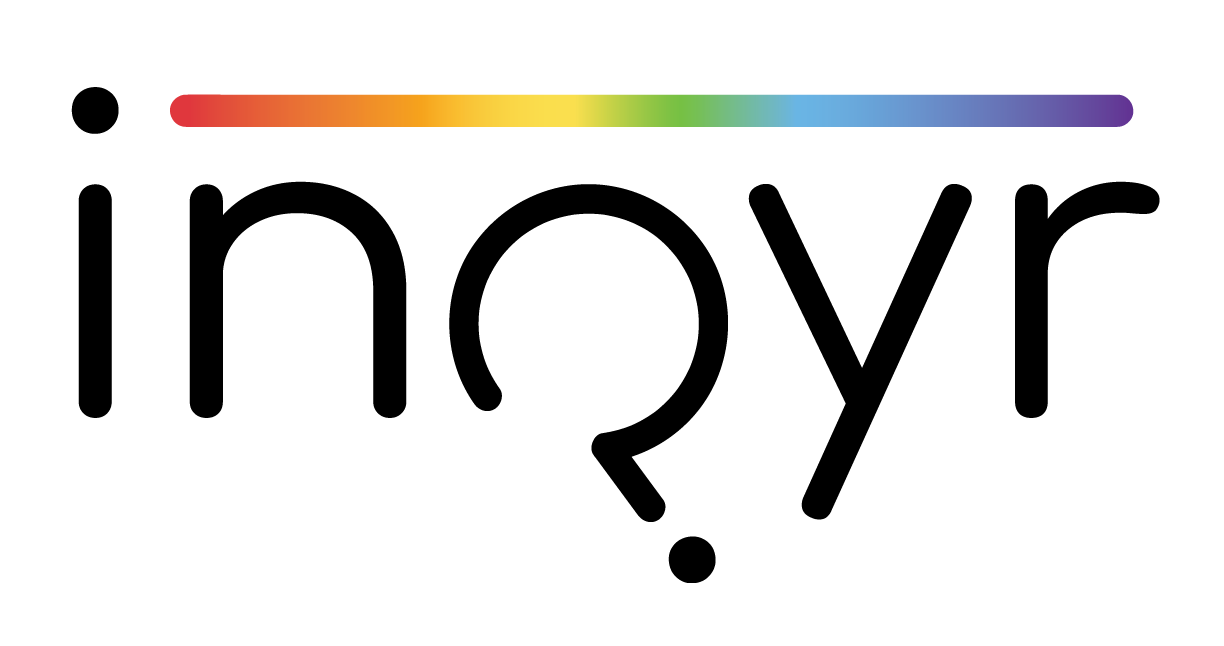Setting the Game Agenda: Reviewing the Emerging Literature on Video Gaming and Psychological Well-Being of Sexual and Gender Diverse Youth
Di Cesare, D. M., Craig, S. L., Brooks, A. S., & Doll, K. (2023). Setting the game agenda: Reviewing the emerging literature on video gaming and psychological well-being of sexual and gender diverse youth. Games and Culture. Online First. https://doi.org/10.1177/15554120231178883.
Highlights
Background
Video games are popular among youths, with nearly 78% of U.S. households with youth aged 8–18 own a gaming console (Rideout & Robb, 2019), and 90% of Canadian adolescents (aged 13–17) actively play video games (Entertainment Software Association of Canada, 2020), yet most research on the impact of Video Gaming on well-being has focussed on the general population of gamers, rather than on demographic differences such as that of sexual and gender diverse youth (SGDY).
Recent research highlights that sexual and gender diverse youth (SGDY) can live drastically different lives in person vs. digitally. Offline, SGDY may experience stressors such as familial rejection (Salerno et al., 2022) and homophobic and transphobic bullying (Domínguez-Martínez & Robles, 2019; Moyano & Sánchez-Fuentes, 2020) which in turn can increase risk for mental illness (Russell & Fish, 2016). Online, SGDY often live protective vibrant and fulfilling digital lives (Craig et al., 2015; Craig & McInroy, 2014) that encourage identity development (McInroy, McClosky et al., 2020) and the creation of affirming digital social networks (Craig et al., 2020, 2021).
These online processes may constitute a form of digital resilience for SGDY (Craig et al., 2023) but the role of video games in these resilience processes have been largely overlooked.
Study Description
The present literature review therefore aims to assimilate research in this emergent area and answer the question of how playing video games relate to the well-being of SGDY.
Papers were collected by inputting key terms (e.g., “sexual and gender diverse”, “resilience”) in research databases (e.g., Google scholar, JSTOR), grouping them by theme, and presenting summaries of key papers.
Key Findings
The sample consisted of 40 academic papers which grouped into 5 main themes:
SGDY identity development and self-expression in video games: Self-expression, action, and autonomy in SGMY, particularly for those trans and gender diverse, are supported across video games and video game streaming, such as through the use of avatar creation for identity exploration, expression, and validation. The emerging support for the use of avatars in therapeutic contexts warrants future study.
SGDY video gaming and stress coping skills: Although coping for minor stressors such as via escapism and entertainment has been highly supportive of well-being in SGDY, coping in this manner for chronic stressors such as those in younger SGDY may lead to pathological outcomes like addiction and such outcomes may be addressed with a video-game oriented intervention; however more research is required to strengthen its considered effectiveness.
SGD digital microaggressions in video gaming: microaggressions are indirect, subtle, or unintentional discrimination against members of a marginalized group. Microaggressions are common against SGDY in video games and video game communities, and despite the unique and diverse forms of microaggression in-game (e.g., coordinated spams of hate messages, gender-restricted clothing), little peer-reviewed literature directly examines their influence on well-being in SGDY.
SGDY civic engagement through video gaming: Anecdotal evidence reveals that political engagement and self-advocacy occur in-game and in gaming communities, such as the formation of SGD forums aimed to address anti-SGD hate in-game, yet no research explores how this self-advocacy, and its consequential leadership and resilience development, may support well-being in SGDY.
Video games may contribute to the well-being of SGDY in positive (e.g., identity development and involvement with affirming communities) and negative ways (e.g., exposure to microaggressions). Future research is recommended to quantitatively test these factors, which could influence the well-being of the SGDY community.

